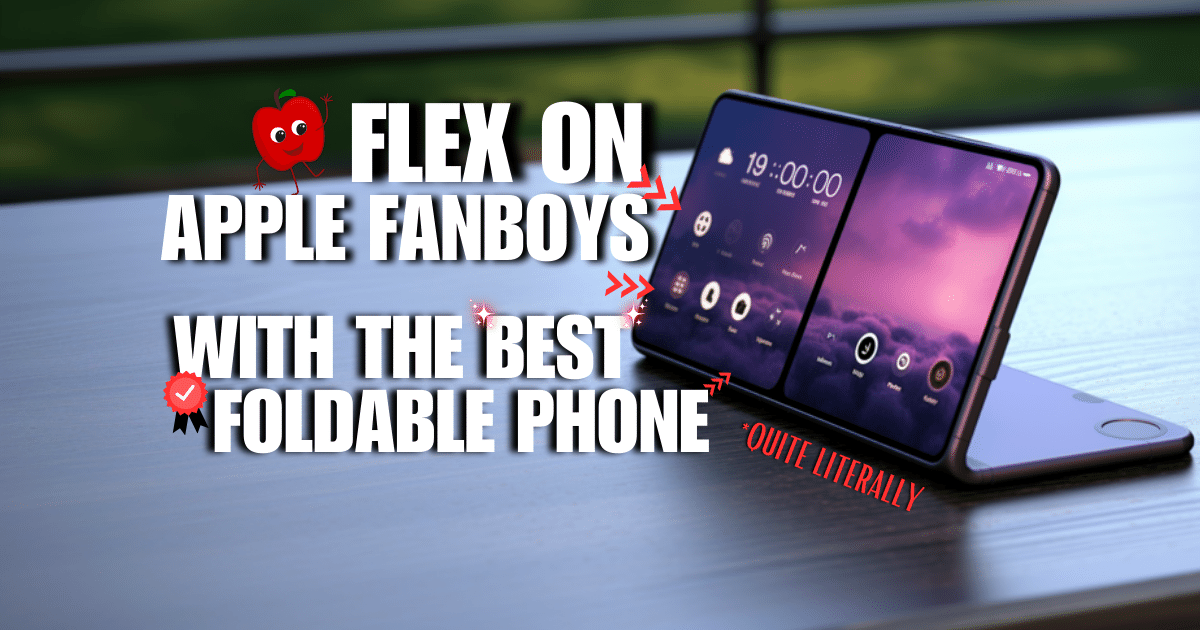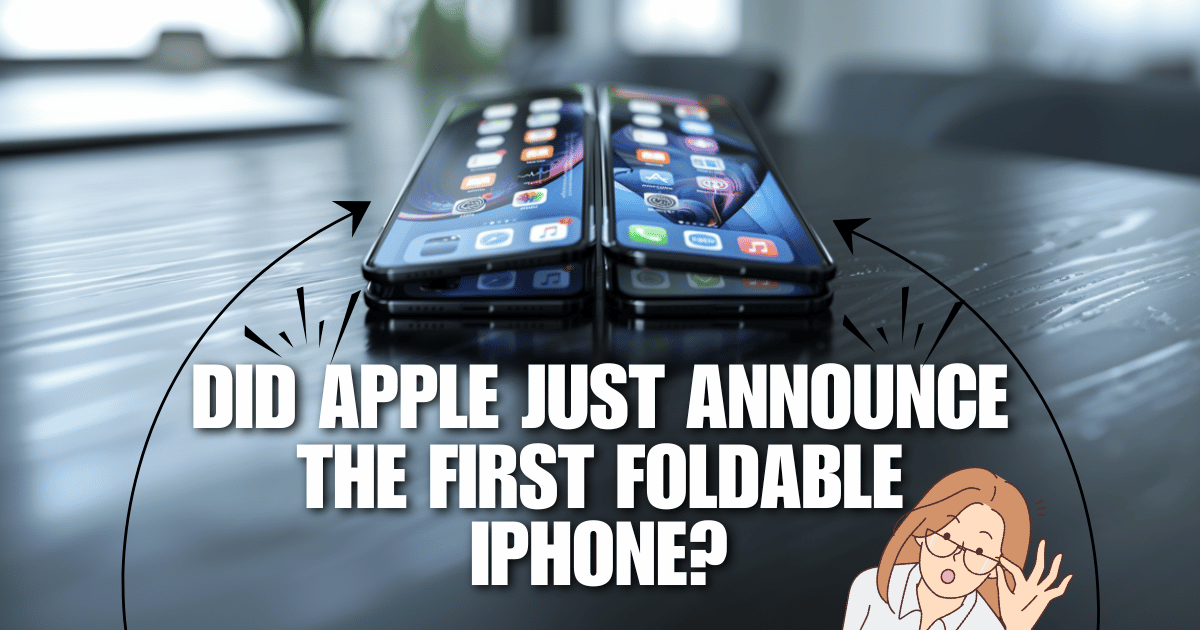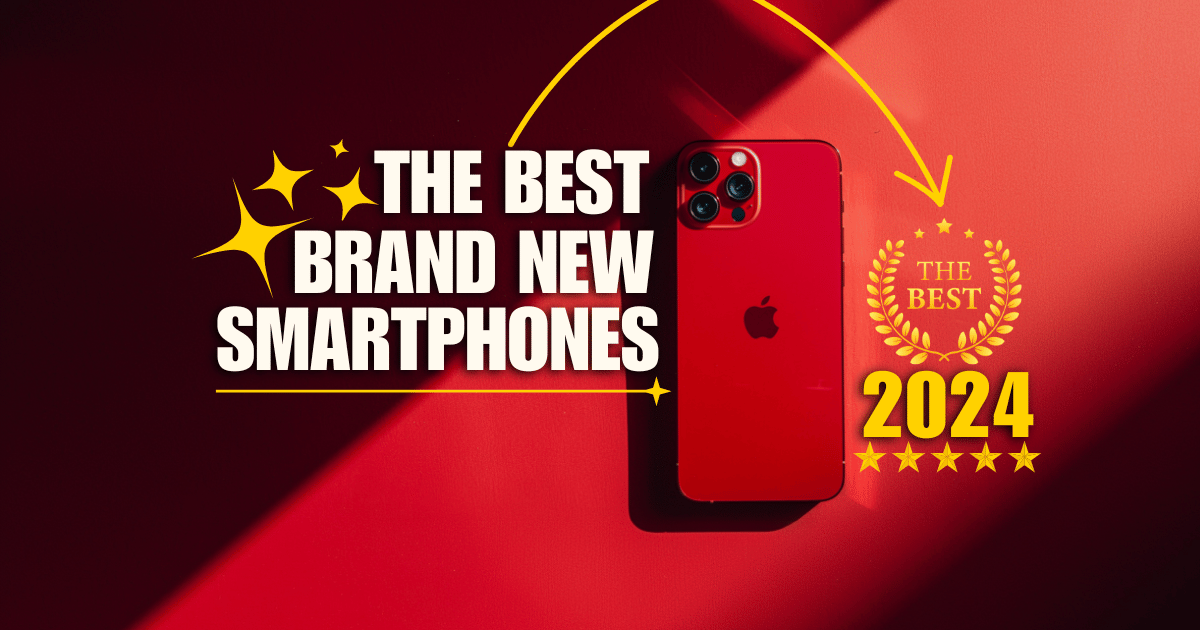The 8 Disadvantages of Foldable Smartphones That You MUST Know About Right NOW! ❌

Foldable smartphones are a relatively new technology that has recently gained popularity. These devices feature a foldable screen that allows them to be compact and portable while still offering a large display.
While foldable smartphones have many advantages, such as their portability and large screen size, they also come with several disadvantages that users should be aware of. This article will outline some of the disadvantages of foldable smartphones and their potential impact on consumers.
However, if you still thinking about looking at some of the best models of foldable phones in the market, you can check our latest blog post on it.

☛Durability Issues ⚠️
Durability is a significant concern for foldable smartphones. The foldable screens are made of many layers of flexible materials, such as plastic or polymer, which are more susceptible to damage than traditional smartphone screens. Even small drops or impacts can cause damage to the screen, which may result in costly repairs or replacements. Additionally, the repeated folding and unfolding of the screen can cause wear and tear over time, leading to potential screen damage or malfunction.
Furthermore, repair costs for foldable screens are often much higher than traditional screens due to the complexity of the design. For example, replacing a foldable screen in a smartphone can cost up to three times more than replacing a traditional screen. This means that users who damage their foldable screens may be faced with expensive repairs or replacements, making them a less cost-effective investment in the long run.
☛Price Point ⚠️
Foldable smartphones are often significantly more expensive than traditional smartphones, which can be a major disadvantage for many consumers. The high cost of foldable smartphones can limit their accessibility to certain consumers, particularly those who are budget-conscious or cannot afford to spend a lot on a new phone.
For example, the cost of a foldable smartphone can be double the price of a traditional smartphone with similar features and specifications. The high price point may also be a barrier for consumers who are considering upgrading to a foldable smartphone but are hesitant to pay a premium for the new technology. This may limit the demand for foldable smartphones and slow down their adoption in the market.
☛Design Limitations ⚠️
Foldable smartphones also have design limitations due to their construction. The folding mechanism and the multiple layers of the screen can make them less sleek or aesthetically pleasing than traditional smartphones. Also, the thicker profile of foldable smartphones may also be less comfortable for some users to hold or carry around, particularly for those who prefer slim and lightweight devices.
Additionally, the unique design of foldable smartphones may limit the types of cases and accessories that are available for them. This can make it more difficult for users to find the right protection and accessories for their device, which can be frustrating and limit the user experience.
☛Battery Life ⚠️
Foldable smartphones often have shorter battery lives than traditional smartphones due to their size and construction. Because foldable smartphones are larger and have more components, they often have smaller batteries than conventional smartphones, which can result in shorter battery life. This can be inconvenient for users who need to use their phones throughout the day without access to a charger. The need for more frequent charging can also be frustrating for users who may have to interrupt their work or activities to charge their devices.
☛User Experience ⚠️
Foldable smartphones can present challenges for users who are not familiar with their unique design and features. The larger size of foldable smartphones may be difficult for some users to hold or carry around, and the folding mechanism can take some getting used to. Foldable smartphones may also be heavier than traditional smartphones, which can make them less comfortable to use for extended periods.
Additionally, not all apps are optimized for foldable screens, which can lead to usability and display issues. For example, some apps may not display properly on a foldable screen, resulting in distorted images or text. This can be frustrating for users who rely on certain apps for work or leisure activities.
☛App Compatibility ⚠️
Another issue with foldable smartphones is app compatibility. Many apps are not yet optimized for foldable screens, which can result in usability and display issues. Developers may need to make significant changes to their apps to accommodate foldable screens, which could take time and resources. This can be frustrating for users who rely on certain apps for work or leisure activities.
Furthermore, the limited market for foldable smartphones may discourage app developers from investing resources into optimizing their apps for foldable screens. This could result in a lack of app compatibility and limited app selection for foldable smartphone users.
☛Market Saturation ⚠️
The market for foldable smartphones is still relatively new and limited, with only a few manufacturers offering such devices. This limited market may lead to higher prices and less competition, which could be a disadvantage for consumers. As a result, the high cost of foldable smartphones may persist until more manufacturers enter the market and competition drives prices down.
Moreover, the limited market for foldable smartphones may also affect the availability of accessories, such as cases and screen protectors, which can be essential for protecting expensive devices. With fewer options available, consumers may have a more challenging time finding the right accessories to fit their foldable smartphone.
☛Environmental Impact ⚠️
The production of foldable smartphones may have a higher environmental impact compared to traditional smartphones due to their more complex design and use of multiple components. For instance, foldable smartphones require additional materials, such as flexible screens and hinges, which can contribute to a larger carbon footprint during the manufacturing process.
Additionally, the shorter lifespan of foldable smartphones due to durability issues may contribute to electronic waste. When foldable screens are damaged beyond repair, they cannot be recycled, and the entire device must be disposed of. This can result in more e-waste in landfills, which can have negative environmental impacts, such as the release of toxic chemicals into the environment.
Furthermore, the production of foldable smartphones requires a significant amount of energy and resources. The manufacturing process for foldable screens, in particular, is more complex and requires more energy than traditional screens, which can result in a higher carbon footprint.
Are These Disadvantages Too Much For You?
While foldable smartphones offer many advantages, they also come with several significant disadvantages. These include durability issues, a high price point, design limitations, shorter battery life, challenges with user experience and app compatibility, limited market saturation, and potential environmental impact. Consumers should carefully consider these factors when deciding whether to invest in a foldable smartphone, and manufacturers should continue to work on improving these devices to address these issues.
More On Phones ⬇📱⬇









